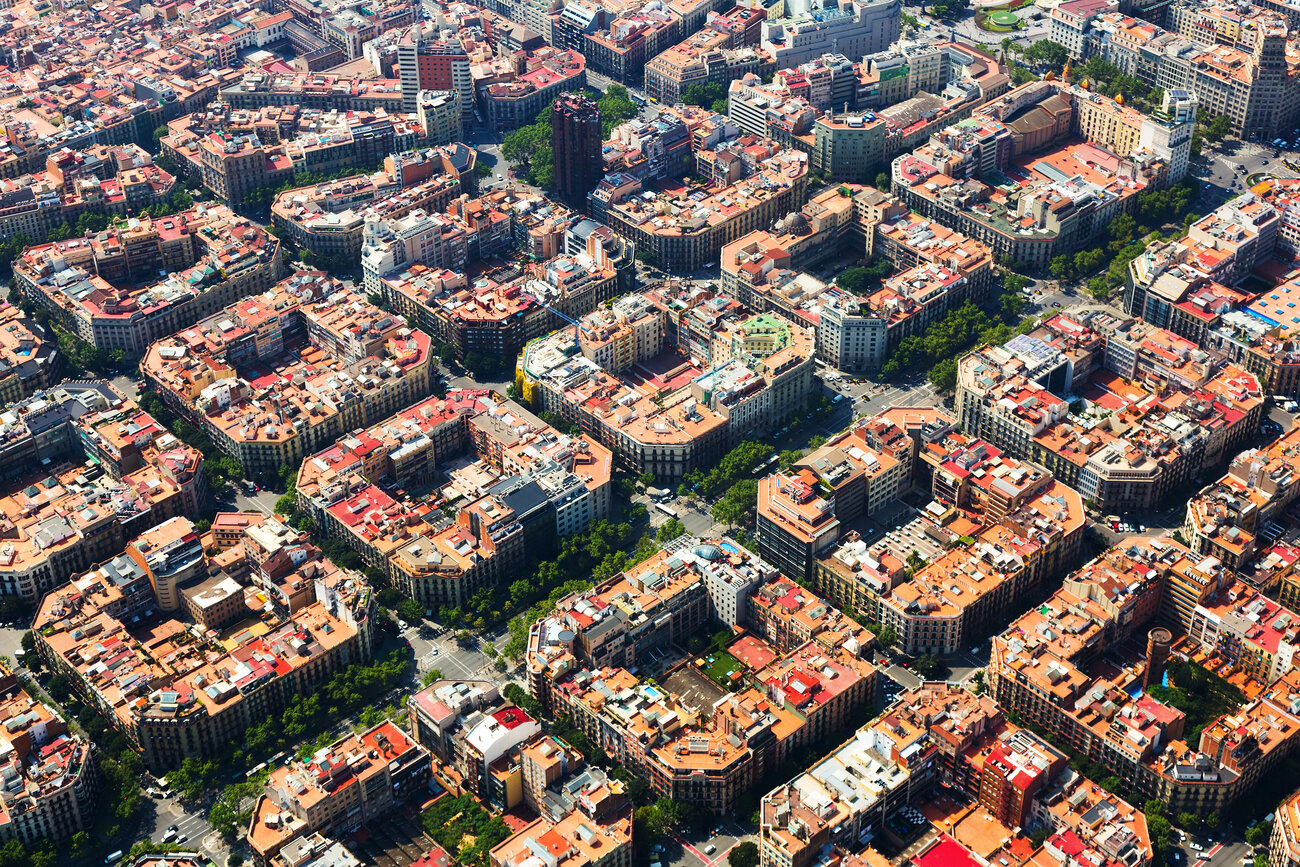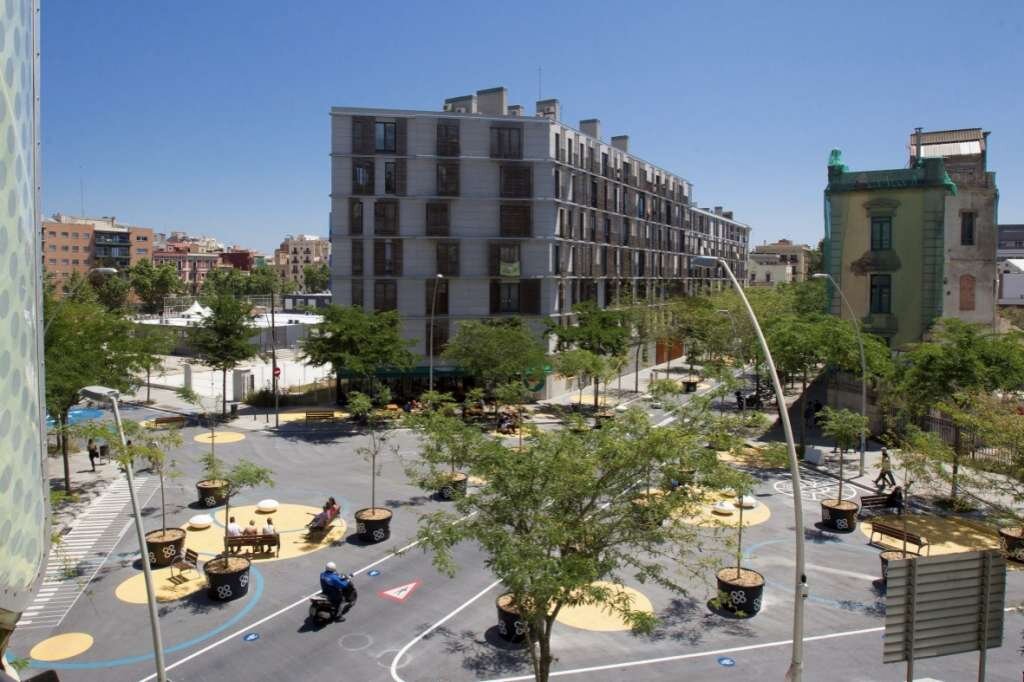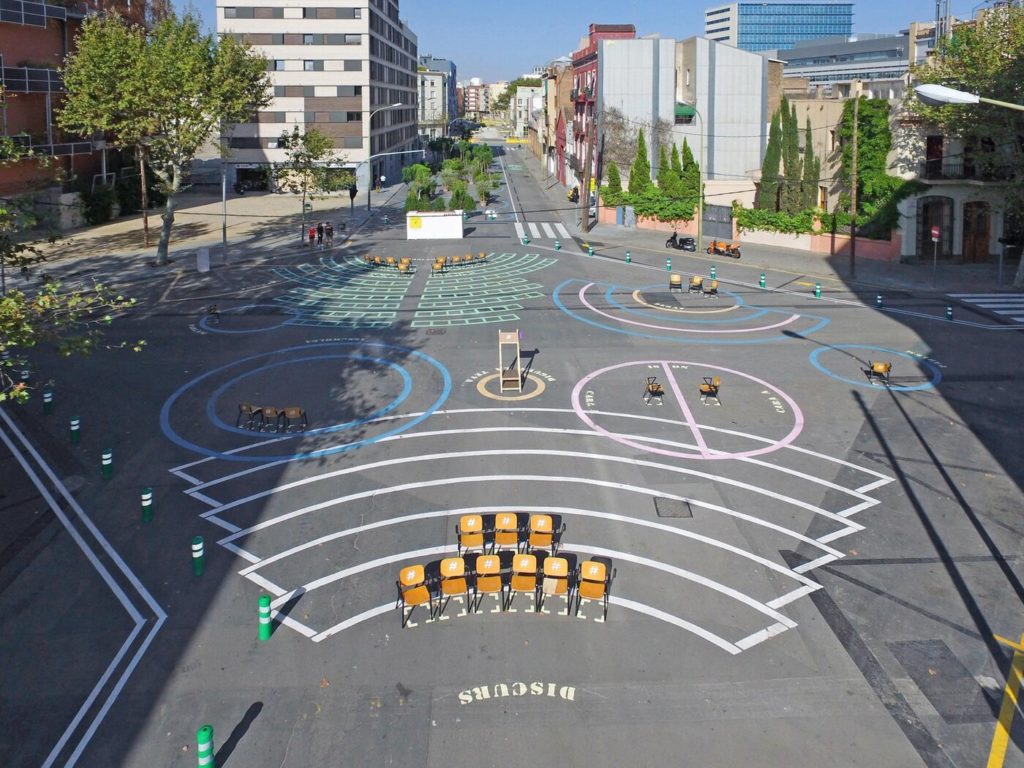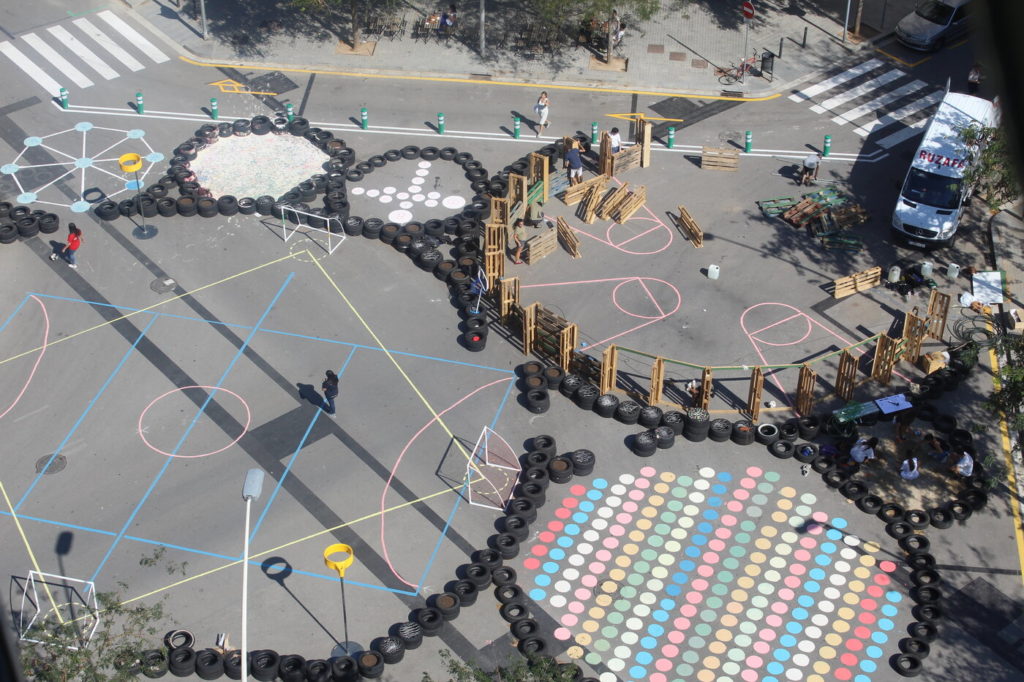How Residential Areas Become Car-Free

In Barcelona, the idea of the superblock—an urban area made up of several smaller city blocks and bordered by large streets—has been reinvented in recent years. It promises solutions for cities with high emission levels caused by motorized vehicles. The reduction of traffic means that the value of public spaces increases or that a space becomes truly public for the first time, and existing uses are increased or new ones made possible. Six such superblocks have been realized in Barcelona to date. Fears that the retail trade would suffer as a result of reduced access for cars have not come true. Instead, the number of trips made on foot or by bicycle have gone up and the air quality has improved. In recent years, other cities have also begun to implement the model since its potential becomes apparent everywhere when you look at the city from the perspective of those who walk instead of drive.


